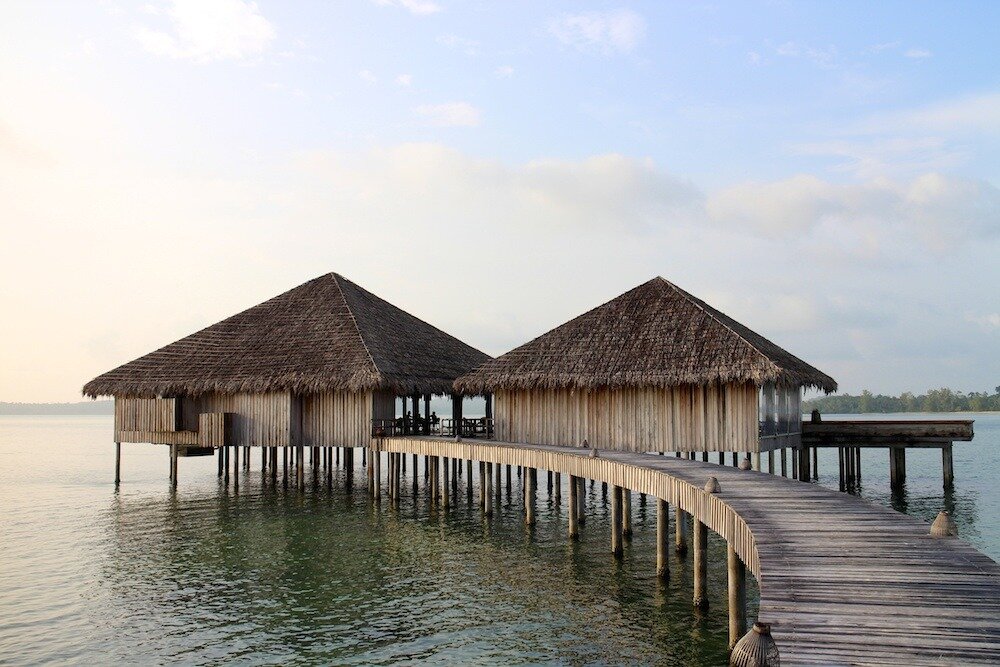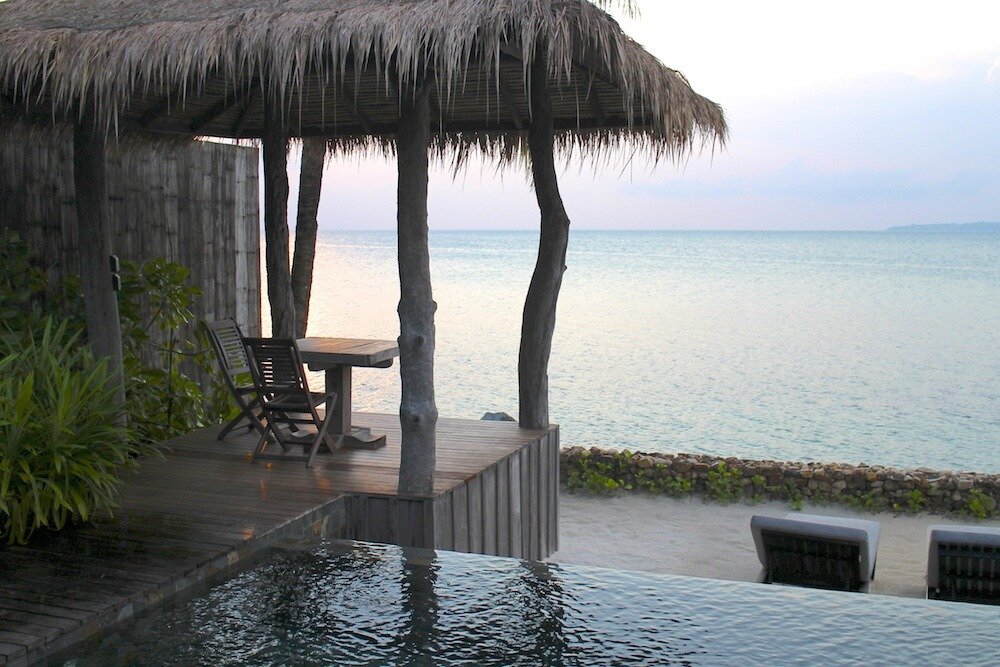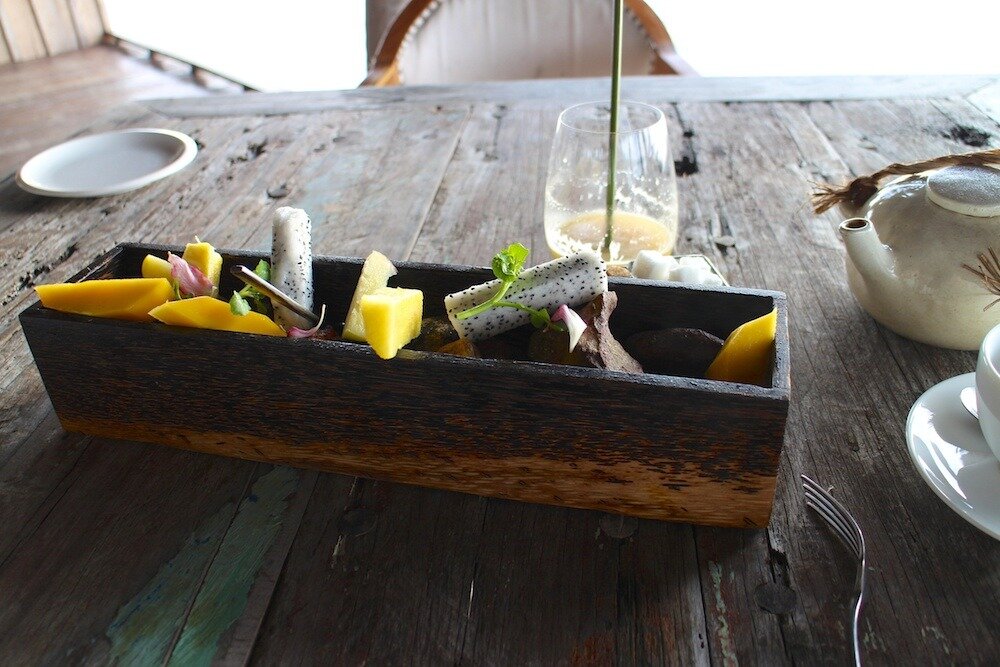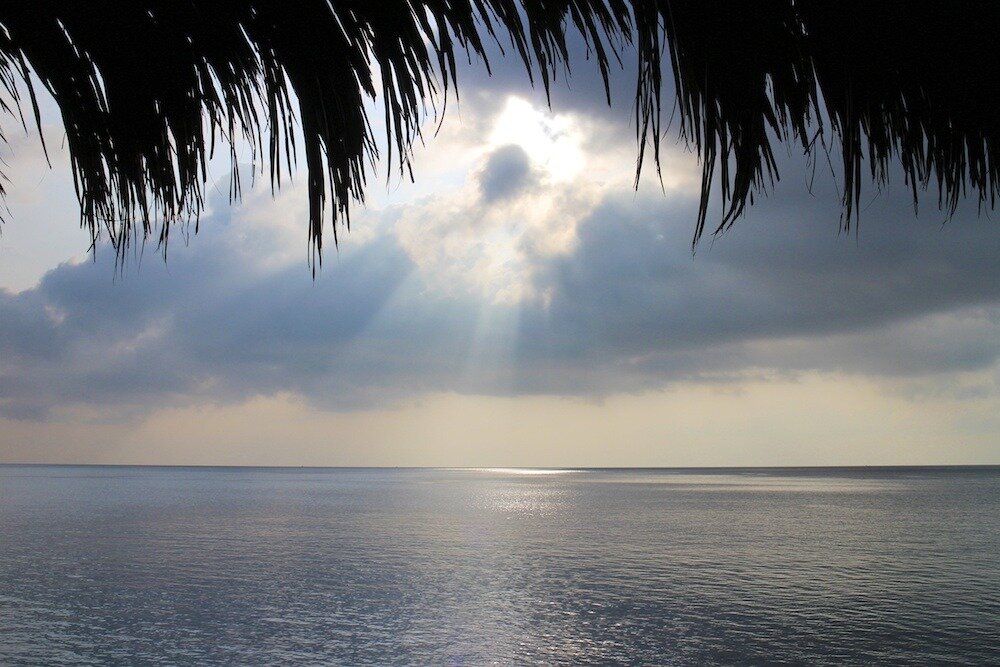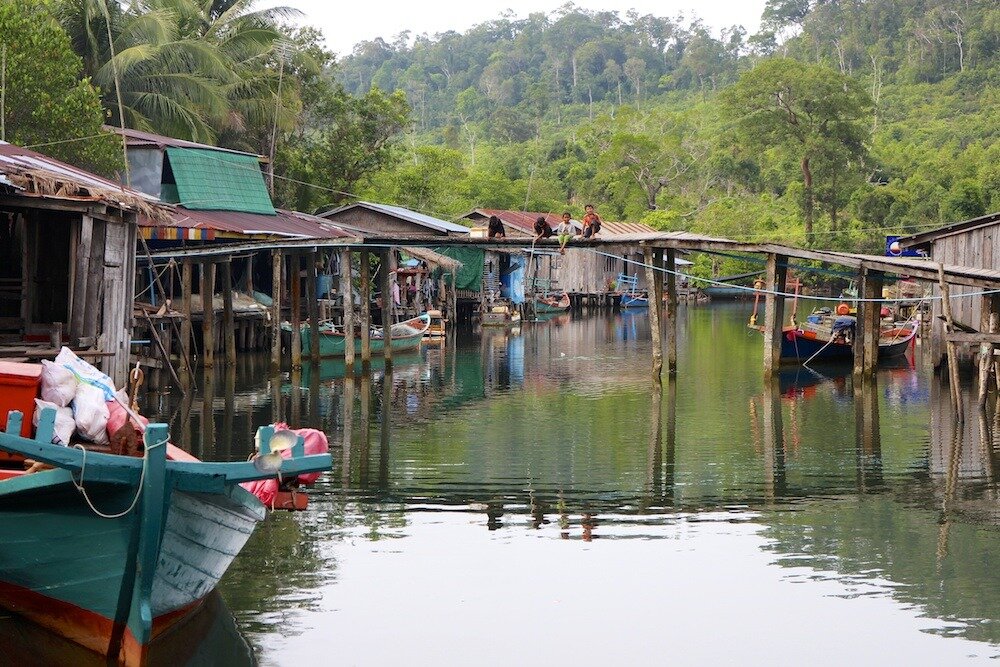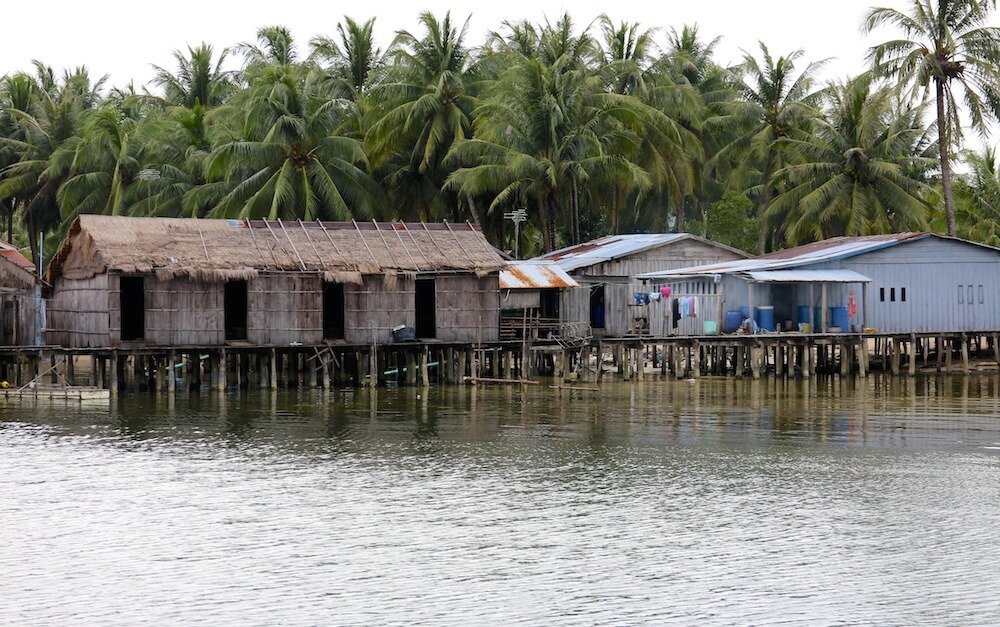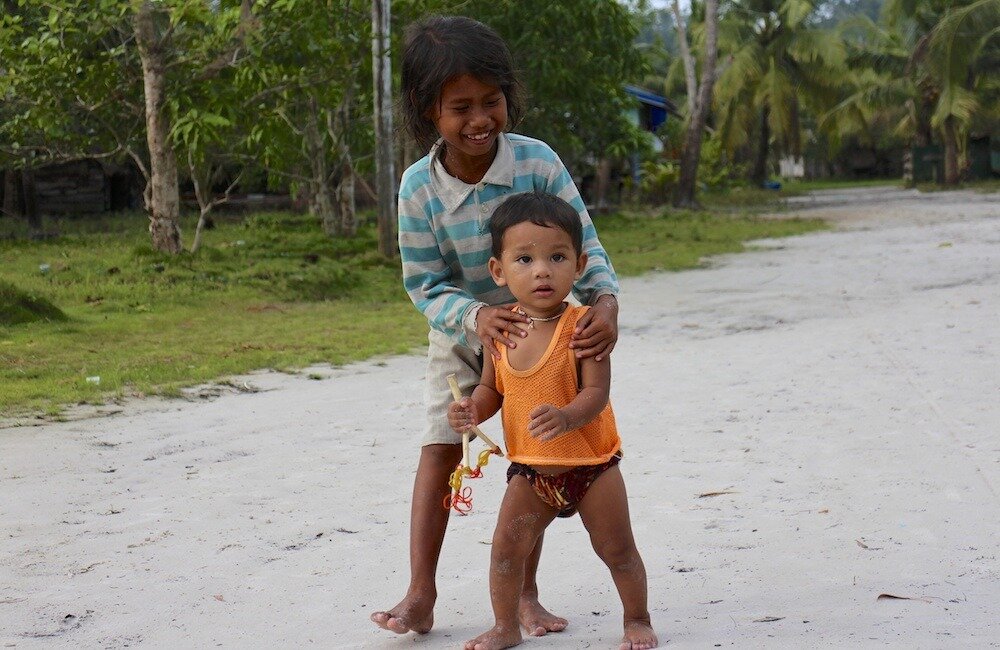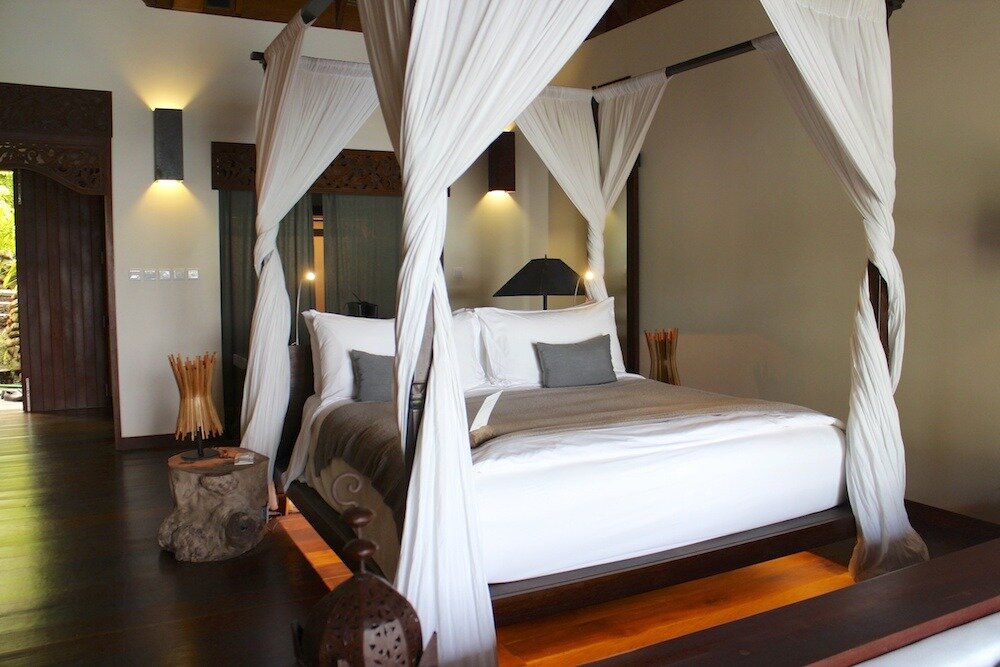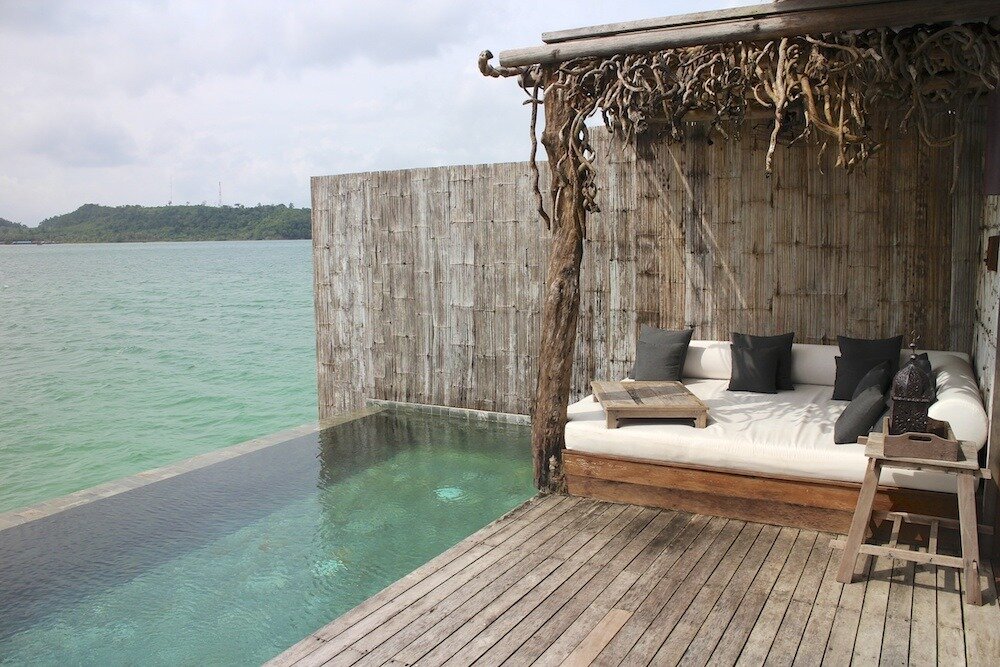beaches of cambodia
Song Saa Private Island, Seaside Towns and Beaches of Cambodia
“Endless sky, silky silver sand, luminescent turquoise waters and one of the most crystal clear coastlines in the entire region: the beaches of Cambodia remain remarkably untrampled, and still desirably undiscovered. Cambodia was less affected by the wave of development that began when Southeast Asia reemerged as a popular destination in the 1990s, and the difference now—especially in Southern Cambodia—is remarkable. Today the islands of Koh Rong and Song Saa—along with the charming seaside town of Kep—maintain an aura of authenticity and uphold an ethic of ecology, making sure that local communities benefit, cultural distinctions are preserved and that the delicate local marine ecosystem remains intact in the wake of the area’s rediscovery. What’s emerging is an absolute organic paradise: barefoot luxury, immense biodiversity, and genuine cultural encounter”
WHAT WE LOVE
Beaches of Cambodia: Koh Rong is easily one of the Gulf of Thailand’s most gorgeous islands, with over 25 miles of nearly empty white beaches, fringed by lush groves of palm trees and hugged by a sparkling shoreline. The southernmost tip of the island has amazing snorkeling, and opportunities abound to catch sight of colorful schools of rabbit fish, sergeant fish and parrotfish! Take a dip on nights where the moon is waning, when colonies of bioluminescent plankton shine in the shadowy sky and light up the surf with an ethereal aqua glow.
Song Saa Private Island: Part of an untouched archipelago that juts off of Koh Rong, Song Saa (Khmer for sweethearts) consists of two private islands, connected by a charming footbridge. The beauty of Song Saa is unparalleled, with lush pockets of virgin rain forest, vibrant tropical reefs, and silver white beaches that catch the sparkle of the surrounding sapphire waters. Surrounded by such natural splendor, it is hard for visitors to not be seduced.
Organic Activity and Adventure: The translucent waters around Koh Rong and Song Saa offer some of the best snorkeling and scuba diving in the region, as well as plenty of other exciting activities to fill your days, including kayaking, paddle boarding, rainforest tours, and excursions to local villages and farms to sample mangos and coconuts straight from the tree. Or, if you’d rather, just relax outside your waterfront villa and watch the waves lap silently ashore.
Conservation and Sustainability in Action: Cambodia’s biodiversity is one of its many national gems, and the beaches of Cambodia abut some significant private marine reserves, created for the sake of protecting the area’s natural reefs and delicate tropical ecosystems. A number of hotels also manage private foundations that give back to local communities by supporting schools, encouraging conservation efforts and other initiatives that promote education and sustainability, and guests can participate in the sense that, via their visit, they are also helping to protect the amazing gifts Cambodia has on offer.
Re-emerging Kep: Kep’s new go round as a desirable seaside destination has as much to do with its connection to local Khmer culture as for its eclectic night-life and spate of understated luxury hotels opening in the modernist colonial villas abandoned after its previous heyday. Kep today also serves as a perfect base from which to visit nearby islands and explore rural coastal Cambodia on tuk-tuk (auto rickshaw) or motorbike, or by boat.
Rural Coastal Cambodia: During your jaunts outside of Kep, stop off to visit traditional Khmer villages—many of which had no access to the world outside until just a few years ago! You can engage with students in small community schools, observe artists at work on intricate crafts, or pick up some angling tips from local fishermen, who still cast today according to techniques perfected centuries ago.
REST & REJUVENATE
Song Saa Resort: Luxury, exclusivity and sustainability come together in perfect harmony at Song Saa Island’s private resort. A barefoot paradise of bliss and serenity, the resort was also developed with a core commitment to safeguard the untouched beauty of its natural environment. Recycled timbers and driftwood have been incorporated into the décor of all 27 villas—some perched over the water, others tucked away in the rainforest—and each villa occupies its own natural oasis with a private pool and deck upon which to practice yoga at sunrise, or share an intimate evening meal of fresh fish, fruits and other locally-sourced ingredients. Your visit will also help support the Song Saa Foundation, which nurtures the well being of local communities by implementing projects that promote education, environmental conservation and sustainability.
Tamu Hotel: A chic haven of barefoot luxury on Otres Beach, ranked as one of the top 10 beaches in Asia. Enjoy snorkeling, fishing or a picnic on a nearby virgin island. Affordable luxury and barefoot chic done well.
Knai Bang Chatt: Housed in a collection of colonial-era buildings that fell into disrepair in the 1970s, Knai Bang Chatt is now regarded as the one of the more exclusive luxury hotel properties in Kep. The seaside buildings have been beautifully restored with a rustic simplicity and touches of understated elegance. Its Strand restaurant serves seafood and shellfish caught fresh daily in local waters, and the hotel’s sailing club, housed in a former fisherman’s cottage, offers romantic private dining cruises at sunset. The hotel also give backs to local communities by supporting Hand in Hand Cambodia, an organization that funds education, health and livelihood projects in the neighboring village of Chamcar Bei.
WHAT TO KNOW
Visas are required for Americans visiting Cambodia. They may be obtained at a Cambodian embassy or consulate prior to your trip or at the airport upon arrival.
English is spoken in most major tourist areas.
Weather in Cambodia is tropical, and temperatures range from 80 to 100 degrees.
The best time to visit Cambodia's beaches is during the dry season of October to April. On average the highest rainfall occurs between July and September.
MORE ON LUXURY TRAVEL IN ASIA & BEACH VACATIONS
Siem Reap and Angkor Wat
Mongolia: Naadam and Golden Eagle Festivals
Luang Prabang and Northern Laos
India: Luxury Hotels and Tiger Safaris
Luxury Travel in Japan: Ryokans and Timeless Tokyo
Luxury Travel in Dubai: Burj Khalifa and Palm Island
A Luxury Seychelles Honeymoon
Safari in Zanzibar: Low-key and Local
Maldives: Overwater Bungalows & Incredible Scuba Diving
Luxury Travel in Sri Lanka: Galle, Tea Trails and World-Class Diving


